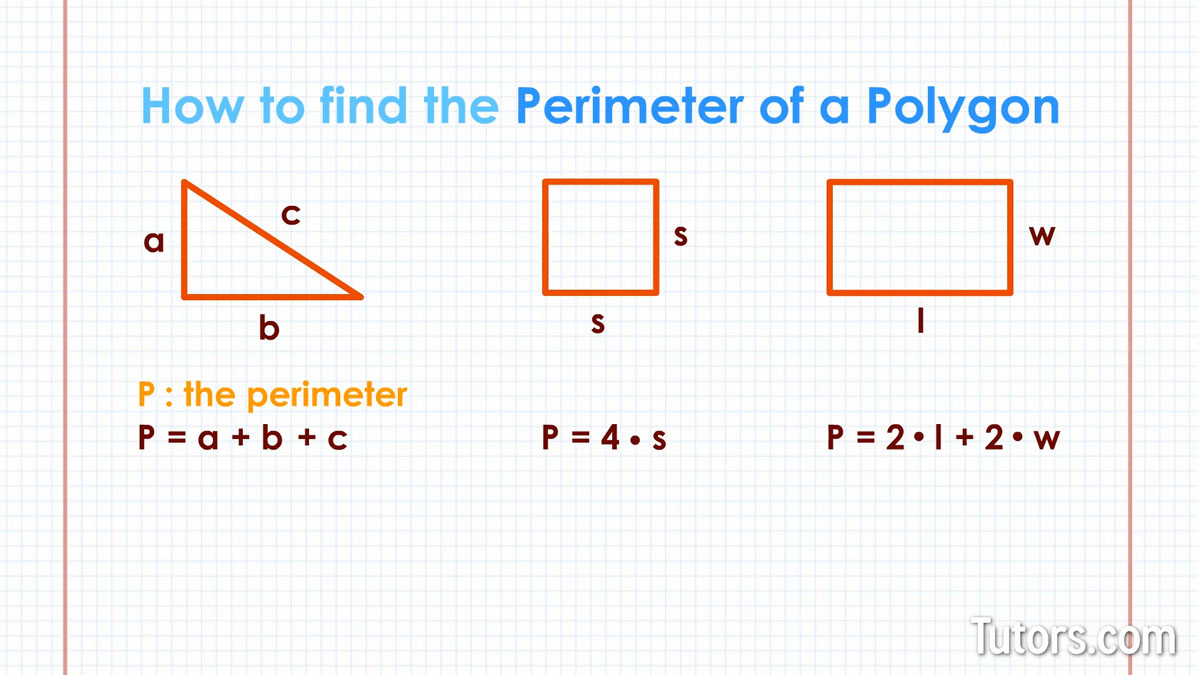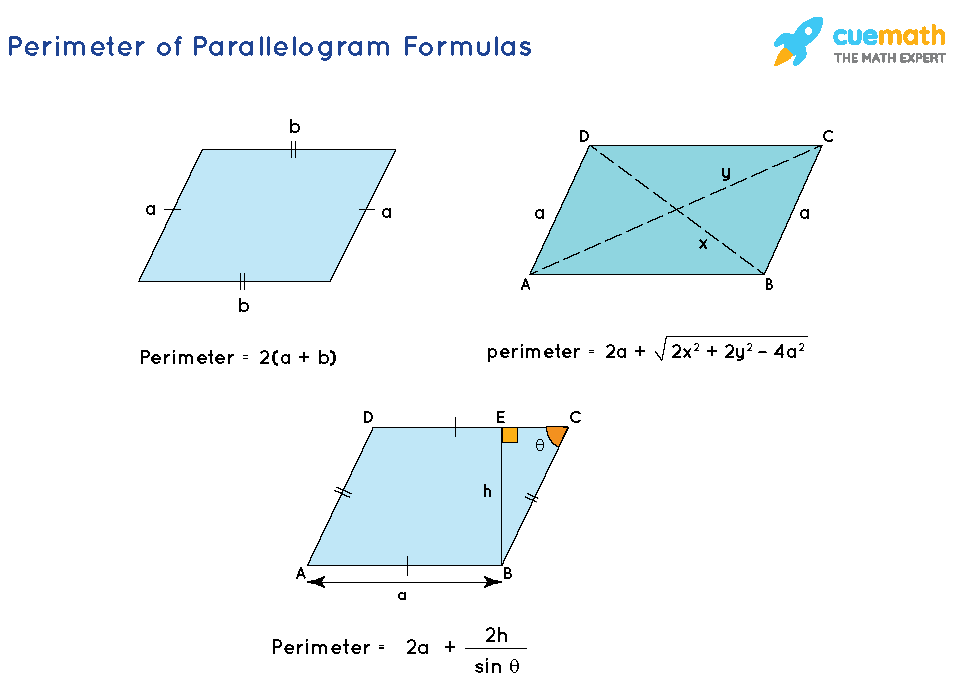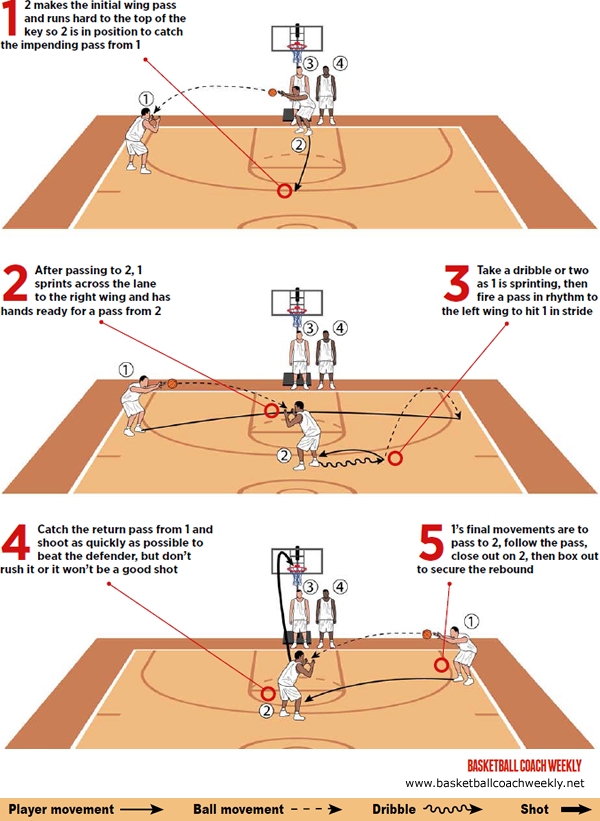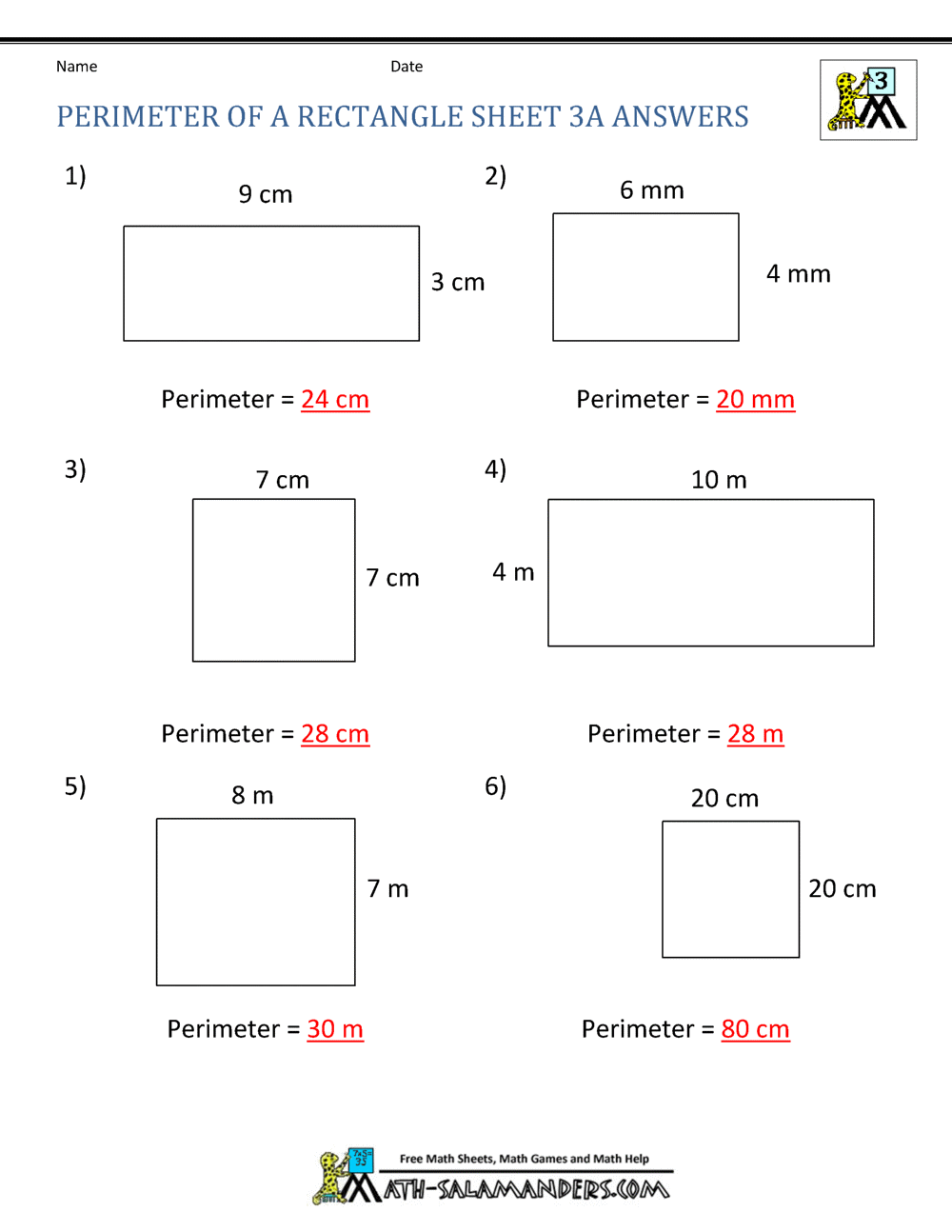Topic how do you find the perimeter of a polygon: Finding the perimeter of a polygon involves summing the lengths of all its sides. Whether dealing with a regular polygon, where all sides are equal, or an irregular one with varying side lengths, the method remains straightforward. This guide will help you understand the process for various polygon types, making your calculations easy and accurate.
Table of Content
- How to Find the Perimeter of a Polygon
- Introduction
- Definition of Perimeter
- Types of Polygons
- Formulas for Regular Polygons
- Formulas for Irregular Polygons
- Step-by-Step Calculation
- Using Coordinates to Find Perimeter
- Examples and Practice Problems
- Perimeter of Specific Shapes
- Common Mistakes and Tips
- Applications of Perimeter in Real Life
- Conclusion
- YOUTUBE: Hướng dẫn tính chu vi của các đa giác. Video này sẽ giúp bạn hiểu rõ hơn về cách tính toán chu vi một cách dễ dàng và chính xác.
How to Find the Perimeter of a Polygon
The perimeter of a polygon is the total distance around its edges. Calculating the perimeter depends on whether the polygon is regular (all sides are the same length) or irregular (sides have different lengths).
Perimeter of a Regular Polygon
For a regular polygon, the formula to calculate the perimeter is simple:
where n is the number of sides, and a is the length of one side.
- Example: To find the perimeter of a regular hexagon with each side measuring 5 units:
Perimeter of an Irregular Polygon
For an irregular polygon, the perimeter is found by adding the lengths of all its sides:
where ai represents the length of each side.
- Example: To find the perimeter of a polygon with sides measuring 3, 7, 4, and 6 units:
Perimeter Using Coordinates
If the vertices' coordinates of a polygon are known, the perimeter can be found using the distance formula:
For example, to find the perimeter of a polygon with vertices at (1,2), (3,4), (5,6), and (7,8), you would calculate the distance between each pair of points and sum them up.
Practical Examples
- Perimeter of a Rectangle:
- Perimeter of a Triangle:

READ MORE:
Introduction
The perimeter of a polygon is the total length of its boundary. To find the perimeter, simply add up the lengths of all its sides. This method applies to all types of polygons, whether regular or irregular. For regular polygons, which have equal side lengths, the formula is \( P = n \times s \), where \( n \) is the number of sides and \( s \) is the length of one side. For irregular polygons, you need to measure and sum the length of each side individually.
-
For a triangle, the perimeter is found by adding the lengths of its three sides:
\( P = a + b + c \) -
For a rectangle, use the formula involving its length (\( l \)) and width (\( w \)):
\( P = 2l + 2w \) -
For a square, with all four sides of equal length (\( s \)):
\( P = 4s \)
Calculating the perimeter of an irregular polygon can be more complex, requiring careful measurement of each side. Nonetheless, the principle remains the same: sum the lengths of all the sides to obtain the total perimeter.
Definition of Perimeter
The perimeter of a polygon is the total distance around its edges. It is calculated by adding the lengths of all the sides. For instance, if a quadrilateral has sides of lengths 12, 6, 9, and 8 units, its perimeter would be:
\[ \text{Perimeter} = 12 + 6 + 9 + 8 = 35 \]
For regular polygons, where all sides are of equal length, the perimeter can be determined by multiplying the length of one side by the number of sides. This can be expressed with the formula:
\[ \text{Perimeter} = n \times s \]
where \( n \) is the number of sides and \( s \) is the length of one side.
Calculating the perimeter is straightforward for regular polygons, but for irregular polygons, it involves summing the lengths of all individual sides. This method applies universally, whether the polygon is simple like a triangle or complex like an irregular hexagon.
Understanding the perimeter is fundamental in geometry, helping in various practical applications such as fencing a property, framing a picture, or any task that involves enclosing a space.
Types of Polygons
Polygons are classified based on the number of sides they have and the equality of their sides and angles. Here are the main types of polygons:
- Regular Polygons: These polygons have all sides and angles equal. Examples include squares, equilateral triangles, and regular hexagons. The perimeter of a regular polygon can be calculated using the formula: \[ P = n \cdot s \] where \( n \) is the number of sides and \( s \) is the length of one side.
- Irregular Polygons: These polygons have sides and angles that are not all equal. Examples include rectangles, trapezoids, and scalene triangles. The perimeter of an irregular polygon is found by adding the lengths of all its sides: \[ P = s_1 + s_2 + s_3 + \cdots + s_n \] where \( s_1, s_2, \ldots, s_n \) are the lengths of the sides.
- Convex Polygons: In these polygons, all interior angles are less than 180 degrees, and no sides bow inward. Examples include regular polygons and rectangles.
- Concave Polygons: These polygons have at least one interior angle greater than 180 degrees, and at least one side bows inward. Examples include certain star-shaped polygons.
Understanding the types of polygons helps in determining the correct method to calculate their perimeters and further understanding their properties.
Formulas for Regular Polygons
A regular polygon is a polygon where all sides and angles are equal. Finding the perimeter of a regular polygon involves using a simple formula that leverages the uniformity of its sides.
- Let \( n \) represent the number of sides in the polygon.
- Let \( s \) represent the length of each side.
The formula for the perimeter \( P \) of a regular polygon is:
\[ P = n \times s \]
Here are a few examples to illustrate the calculation:
-
Example 1: Equilateral Triangle
- Number of sides \( n = 3 \)
- Length of each side \( s = 5 \, \text{cm} \)
Perimeter \( P = 3 \times 5 = 15 \, \text{cm} \)
-
Example 2: Square
- Number of sides \( n = 4 \)
- Length of each side \( s = 6 \, \text{cm} \)
Perimeter \( P = 4 \times 6 = 24 \, \text{cm} \)
-
Example 3: Regular Hexagon
- Number of sides \( n = 6 \)
- Length of each side \( s = 7 \, \text{cm} \)
Perimeter \( P = 6 \times 7 = 42 \, \text{cm} \)
By applying this formula, you can quickly determine the perimeter of any regular polygon, provided you know the number of sides and the length of each side.

Formulas for Irregular Polygons
Finding the perimeter of irregular polygons involves summing up the lengths of all the sides, as the sides are not equal. This method requires precise measurements of each side, as there is no uniform formula like there is for regular polygons. Here are the steps to calculate the perimeter of an irregular polygon:
- Measure each side of the polygon.
- Add the lengths of all the sides together to get the total perimeter.
For example, consider an irregular pentagon with side lengths of \(a, b, c, d,\) and \(e\). The formula for the perimeter \(P\) would be:
\[
P = a + b + c + d + e
\]
Let’s take a practical example: Suppose you have an irregular pentagon with side lengths of 5 cm, 7 cm, 9 cm, 6 cm, and 8 cm. The perimeter would be:
\[
P = 5 \, \text{cm} + 7 \, \text{cm} + 9 \, \text{cm} + 6 \, \text{cm} + 8 \, \text{cm} = 35 \, \text{cm}
\]
This method applies to any irregular polygon, regardless of the number of sides, making it a versatile and essential technique in geometry.
Step-by-Step Calculation
Calculating the perimeter of a polygon involves summing the lengths of all its sides. The method varies slightly between regular and irregular polygons.
For Regular Polygons
Regular polygons have all sides of equal length. The formula to calculate the perimeter \( P \) is:
\[ P = n \times s \]
- n = number of sides
- s = length of each side
Example:
Find the perimeter of a regular hexagon with each side measuring 6 cm.
\[ P = 6 \times 6 = 36 \text{ cm} \]
For Irregular Polygons
Irregular polygons have sides of different lengths. The perimeter is found by adding the lengths of all the sides.
Example:
Find the perimeter of an irregular quadrilateral with sides measuring 7 cm, 5 cm, 8 cm, and 6 cm.
\[ P = 7 + 5 + 8 + 6 = 26 \text{ cm} \]
Using Coordinates to Find Perimeter
When the vertices of the polygon are given in coordinate form, the distance formula is used to find the length of each side.
Steps:
- Identify the coordinates of each vertex.
- Use the distance formula to find the lengths of all sides:
\[ d = \sqrt{(x_2 - x_1)^2 + (y_2 - y_1)^2} \]
- Sum the lengths of all sides to get the perimeter.
Example:
Find the perimeter of a polygon with vertices at A(0,0), B(0,3), C(4,3), and D(4,0).
- Calculate the length of each side:
- AB: \[ \sqrt{(0 - 0)^2 + (3 - 0)^2} = 3 \text{ units} \]
- BC: \[ \sqrt{(4 - 0)^2 + (3 - 3)^2} = 4 \text{ units} \]
- CD: \[ \sqrt{(4 - 4)^2 + (0 - 3)^2} = 3 \text{ units} \]
- DA: \[ \sqrt{(4 - 0)^2 + (0 - 0)^2} = 4 \text{ units} \]
- Sum the side lengths to find the perimeter:
\[ P = 3 + 4 + 3 + 4 = 14 \text{ units} \]
Using Coordinates to Find Perimeter
Finding the perimeter of a polygon using its vertices' coordinates involves calculating the distance between each pair of adjacent vertices and summing these distances. Here is a detailed step-by-step guide:
- List the coordinates of the polygon's vertices in order. For example, if the vertices are \( (x_1, y_1), (x_2, y_2), \ldots, (x_n, y_n) \), ensure they follow the polygon's outline.
- Use the distance formula to find the distance between each pair of adjacent vertices. The distance formula between two points \( (x_i, y_i) \) and \( (x_{i+1}, y_{i+1}) \) is given by:
\[
d = \sqrt{(x_{i+1} - x_i)^2 + (y_{i+1} - y_i)^2}
\] - Calculate the distances for all sides of the polygon:
- For the first side: \[ d_1 = \sqrt{(x_2 - x_1)^2 + (y_2 - y_1)^2} \]
- For the second side: \[ d_2 = \sqrt{(x_3 - x_2)^2 + (y_3 - y_2)^2} \]
- Continue this process until you reach the last vertex.
- For the last side, connect the last vertex back to the first vertex: \[ d_n = \sqrt{(x_1 - x_n)^2 + (y_1 - y_n)^2} \]
- Sum all the distances to find the perimeter:
\[
\text{Perimeter} = d_1 + d_2 + \cdots + d_n
\]
Here's a summary table to visualize the process:
| Vertices | Distance Formula | Distance |
|---|---|---|
| \((x_1, y_1)\) to \((x_2, y_2)\) | \(\sqrt{(x_2 - x_1)^2 + (y_2 - y_1)^2}\) | \(d_1\) |
| \((x_2, y_2)\) to \((x_3, y_3)\) | \(\sqrt{(x_3 - x_2)^2 + (y_3 - y_2)^2}\) | \(d_2\) |
| ... | ... | ... |
| \((x_n, y_n)\) to \((x_1, y_1)\) | \(\sqrt{(x_1 - x_n)^2 + (y_1 - y_n)^2}\) | \(d_n\) |
By following these steps, you can accurately calculate the perimeter of any polygon using the coordinates of its vertices.
Examples and Practice Problems
Below are examples and practice problems to help you understand how to find the perimeter of various polygons.
Example 1: Finding the Perimeter of a Regular Polygon
Consider a regular pentagon where each side is 7 cm long. To find the perimeter, use the formula:
\( P = n \times s \)
Where:
- \( n \) is the number of sides
- \( s \) is the length of each side
For a pentagon:
- Number of sides (\( n \)) = 5
- Length of each side (\( s \)) = 7 cm
Thus, the perimeter (\( P \)) is:
\( P = 5 \times 7 = 35 \) cm
Example 2: Finding the Perimeter of an Irregular Polygon
Consider an irregular quadrilateral with sides of lengths 8 cm, 6 cm, 5 cm, and 7 cm. To find the perimeter, simply add the lengths of all the sides:
\( P = 8 + 6 + 5 + 7 \)
Thus, the perimeter (\( P \)) is:
\( P = 26 \) cm
Practice Problems
-
Find the perimeter of a regular hexagon with each side measuring 10 cm.
Solution: \( P = 6 \times 10 = 60 \) cm
-
Calculate the perimeter of a triangle with side lengths 9 cm, 12 cm, and 15 cm.
Solution: \( P = 9 + 12 + 15 = 36 \) cm
-
A rectangle has a length of 14 cm and a width of 9 cm. What is its perimeter?
Solution: \( P = 2 \times (14 + 9) = 2 \times 23 = 46 \) cm
-
Find the perimeter of an irregular pentagon with sides measuring 4 cm, 7 cm, 3 cm, 5 cm, and 6 cm.
Solution: \( P = 4 + 7 + 3 + 5 + 6 = 25 \) cm
Practice these problems to solidify your understanding of how to find the perimeter of both regular and irregular polygons.

Perimeter of Specific Shapes
Finding the perimeter of specific shapes involves applying specific formulas based on the characteristics of each shape. Here are detailed steps and formulas for various shapes:
Perimeter of a Triangle
The perimeter of a triangle is the sum of the lengths of its sides.
Formula: \( P = a + b + c \)
Where:
- \( a, b, c \) are the lengths of the sides of the triangle
Perimeter of a Rectangle
The perimeter of a rectangle is calculated by adding twice the length and twice the width.
Formula: \( P = 2l + 2w \)
Where:
- \( l \) is the length
- \( w \) is the width
Perimeter of a Square
The perimeter of a square is four times the length of one side.
Formula: \( P = 4s \)
Where:
- \( s \) is the length of a side
Perimeter of a Parallelogram
The perimeter of a parallelogram is the sum of the lengths of its sides, calculated by adding twice the base and twice the side length.
Formula: \( P = 2a + 2b \)
Where:
- \( a \) is the base length
- \( b \) is the side length
Perimeter of a Trapezoid
The perimeter of a trapezoid is the sum of the lengths of all its sides.
Formula: \( P = a + b + c + d \)
Where:
- \( a, b, c, d \) are the lengths of the sides of the trapezoid
Perimeter of a Regular Pentagon
The perimeter of a regular pentagon (where all sides are equal) is five times the length of one side.
Formula: \( P = 5s \)
Where:
- \( s \) is the length of a side
Perimeter of a Regular Hexagon
The perimeter of a regular hexagon (where all sides are equal) is six times the length of one side.
Formula: \( P = 6s \)
Where:
- \( s \) is the length of a side
Perimeter of a Regular Octagon
The perimeter of a regular octagon (where all sides are equal) is eight times the length of one side.
Formula: \( P = 8s \)
Where:
- \( s \) is the length of a side
Perimeter of a Circle (Circumference)
The perimeter of a circle is called the circumference and is calculated using the radius or diameter.
Formulas:
- Using radius: \( C = 2\pi r \)
- Using diameter: \( C = \pi d \)
Where:
- \( r \) is the radius of the circle
- \( d \) is the diameter of the circle
Common Mistakes and Tips
When calculating the perimeter of polygons, there are common mistakes that students and professionals often make. Here are some of these mistakes and tips to avoid them:
Common Mistakes
- Incorrectly Adding Side Lengths: One of the most common mistakes is not correctly summing up all the side lengths. Make sure to account for each side.
- Mixing Up Units: Ensure all measurements are in the same unit before performing any calculations. Mixing units can lead to incorrect results.
- Overlooking Side Lengths in Irregular Polygons: In irregular polygons, each side length might be different. Carefully measure and sum each individual side.
- Incorrect Use of Formulas: Using the wrong formula for a specific type of polygon can lead to errors. Verify the type of polygon and apply the appropriate formula.
- Forgetting to Include All Sides: Sometimes, especially in polygons with more sides, it is easy to forget to include one or more sides in the calculation.
Tips for Accurate Calculations
- Double-Check Your Work: Always go over your calculations a second time to ensure no side lengths were missed or added incorrectly.
- Use Consistent Units: Convert all measurements to the same unit before calculating the perimeter. This helps avoid confusion and errors.
- Label All Sides: When dealing with irregular polygons, label each side clearly with its corresponding length. This makes it easier to add them correctly.
- Understand the Polygon Type: Make sure you correctly identify whether the polygon is regular or irregular and use the appropriate formula for the calculation.
- Practice with Examples: Work through several practice problems to become familiar with different types of polygons and their perimeter calculations.
By being aware of these common mistakes and following these tips, you can ensure more accurate and efficient perimeter calculations for any polygon.
Applications of Perimeter in Real Life
The concept of perimeter is widely used in various real-life scenarios. Understanding how to calculate the perimeter of a polygon can be extremely beneficial in fields such as architecture, engineering, agriculture, and daily activities. Below are some practical applications:
-
Architecture and Construction:
Architects and builders use perimeter calculations to determine the amount of materials needed for construction projects. For example, when designing a building, knowing the perimeter of the foundation helps in estimating the quantity of materials like concrete, bricks, and fencing required.
-
Landscaping and Gardening:
Gardeners and landscapers often calculate the perimeter of gardens and lawns to plan the layout and determine the amount of edging materials, fencing, and other supplies needed.
-
Fencing:
When installing a fence around a property, the perimeter is calculated to ensure the right amount of fencing material is purchased. This is crucial for cost estimation and planning the installation process.
-
Flooring:
In home improvement, calculating the perimeter of a room is essential for estimating the amount of flooring material required, whether it's tiles, carpets, or hardwood flooring.
-
Agriculture:
Farmers use perimeter measurements to plan the layout of fields and paddocks. This helps in determining the amount of fencing required and managing the distribution of crops and livestock.
-
Urban Planning:
City planners use perimeter calculations for designing parks, recreational areas, and other public spaces. This ensures that these areas are properly enclosed and organized.
-
Sports:
In sports, the perimeter of fields and courts is important for setting up boundaries and ensuring the playing area is correctly marked. For example, the perimeter of a soccer field determines the length of the sidelines and goal lines.
Overall, the calculation of the perimeter of polygons plays a crucial role in a variety of practical applications, ensuring efficiency, cost-effectiveness, and proper planning in numerous fields.
Conclusion
The concept of the perimeter is fundamental in geometry and has diverse applications in both academic settings and real-life scenarios. Understanding how to calculate the perimeter of various polygons, whether they are regular or irregular, equips you with essential problem-solving skills.
The perimeter is simply the total length around a polygon, calculated by summing the lengths of all its sides. For regular polygons, where all sides are of equal length, the formula is straightforward: \( P = n \times s \), where \( n \) is the number of sides and \( s \) is the length of one side. For irregular polygons, the perimeter is found by adding the length of each side individually.
Applying this knowledge can be incredibly useful in real-world contexts, such as:
- Construction and Engineering: Determining the amount of materials needed for fencing, borders, or framing by calculating the perimeter of plots or structures.
- Landscaping: Designing garden beds, walkways, and other landscape features by measuring their perimeters to ensure proper material allocation.
- Interior Design: Calculating the lengths of molding, baseboards, and other trim materials needed to finish a room or a space.
- Sports: Marking boundaries for fields and courts in sports facilities, ensuring that dimensions adhere to standard regulations.
- Art and Design: Creating frames for artwork or decorative elements that require precise perimeter measurements for fitting and balance.
In conclusion, mastering the calculation of perimeters enhances your ability to handle practical tasks efficiently and accurately. Whether dealing with simple shapes or complex structures, this geometric skill is invaluable in various professional and personal endeavors.

Hướng dẫn tính chu vi của các đa giác. Video này sẽ giúp bạn hiểu rõ hơn về cách tính toán chu vi một cách dễ dàng và chính xác.
Làm thế nào để: tính chu vi của các đa giác
READ MORE:
Hướng dẫn tìm chu vi của bất kỳ đa giác nào bằng cách dễ dàng và nhanh chóng. Phù hợp cho học sinh và người học toán.
Chu vi - Tìm Chu vi của Bất kỳ Đa giác nào












